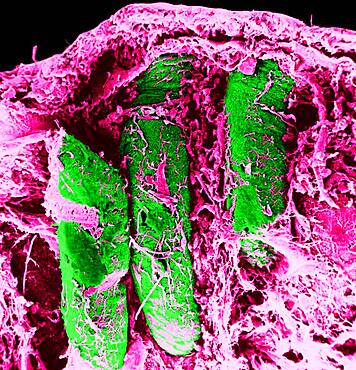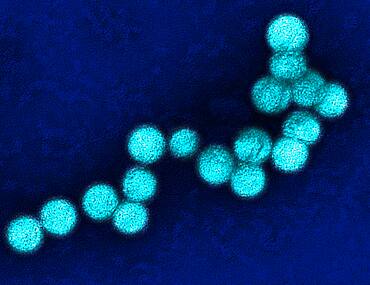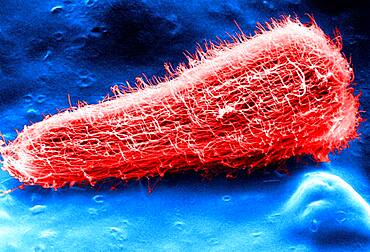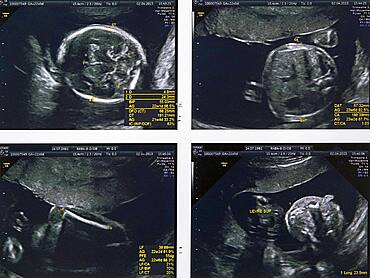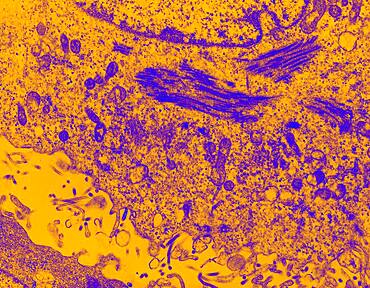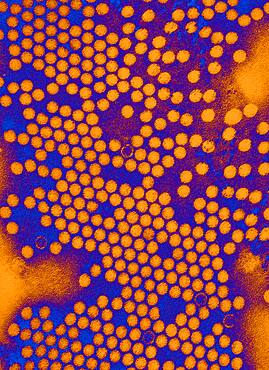Results
6 results found

Devil's Marbles, the result of spheroidal weathering of strong granite beneath an ancient soil, Tennant Creek, Northern Territory, Australia, Pacific

Devil's Marbles, the result of spheroidal weathering of strong granite beneath an ancient soil, Tennant Creek, Northern Territory, Australia, Pacific
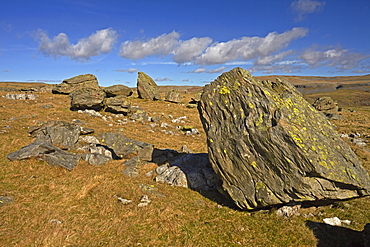
Norber erratic boulders, the result of glacial erosion, found above Crummack Dale, near Austwick, North Yorkshire, England, United Kingdom, Europe
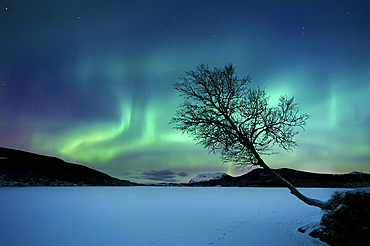
Aurora Borealis over Sandvannet Lake in Troms County, Norway. Auroras are the result of the emissions of photons in the Earth's upper atmosphere.
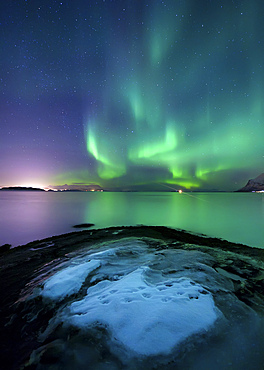
Aurora Borealis over Vagsfjorden outside of Harstad in Northern Norway. Auroras are the result of the emissions of photons in the Earth's upper atmosphere.
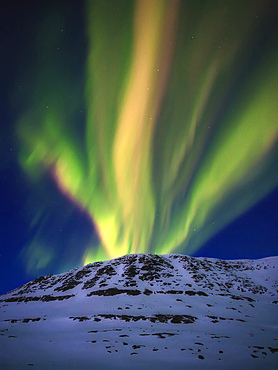
A fantastic eruption of Aurora Borealis over Toviktinden Mountain in Troms County, Norway. Auroras are the result of the emissions of photons in the Earth's upper atmosphere.
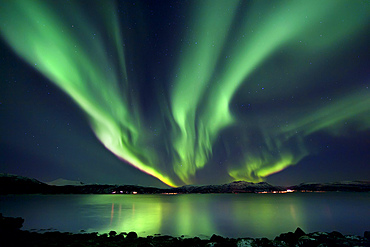
Aurora Borealis over Tjeldsundet in Troms County, Norway. Auroras are the result of the emissions of photons in the Earth's upper atmosphere.
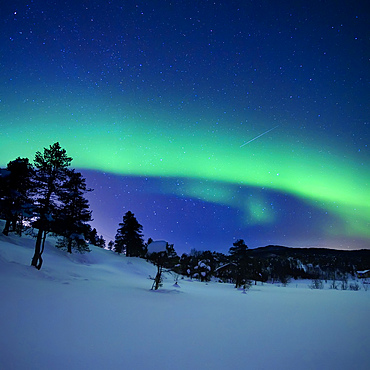
Aurora Borealis and a shooting star in the woods of Troms County, Norway. Auroras are the result of the emissions of photons in the Earth's upper atmosphere.
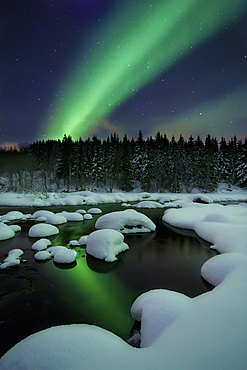
Aurora Borealis over Tennevik River in Troms County, Norway. Auroras are the result of the emissions of photons in the Earth's upper atmosphere.

Aurora Borealis over Sandvannet Lake in Troms County, Norway. Auroras are the result of the emissions of photons in the Earth's upper atmosphere.
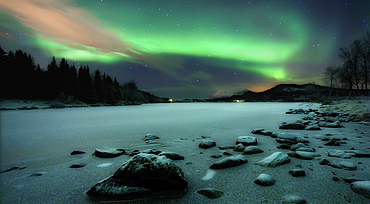
Aurora Borealis over Sandvannet Lake in Troms County, Norway. Auroras are the result of the emissions of photons in the Earth's upper atmosphere.
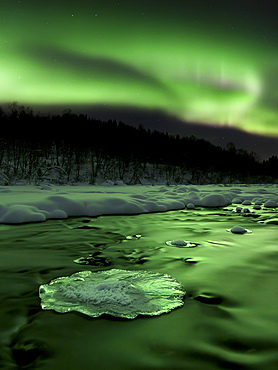
Aurora Borealis reflects off the Tennevik River, Troms County, Norway. Auroras are the result of the emissions of photons in the Earth's upper atmosphere.
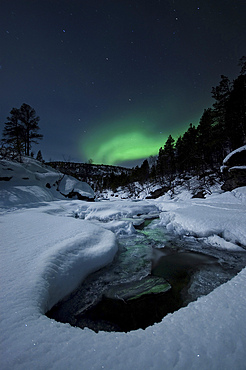
Aurora Borealis over Tennevik River in Norway. Auroras are the result of the emissions of photons in the Earth's upper atmosphere.
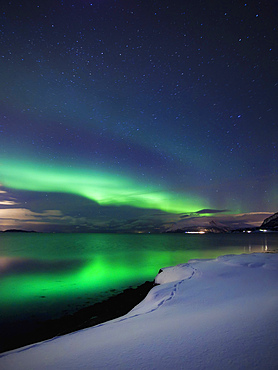
Aurora Borealis over Vagsfjorden in Troms County, Norway. Auroras are the result of the emissions of photons in the Earth's upper atmosphere.

Aurora borealis over Blafjellet Mountain in Troms County, Norway. Auroras are the result of the emissions of photons in the Earth's upper atmosphere.

Aurora Borealis and a full moon over the Blafjellelva River in Troms County, Norway. Auroras are the result of the emissions of photons in the Earth's upper atmosphere.
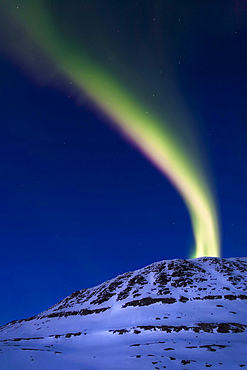
A magnificent display of aurora borealis shooting up from Toviktinden Mountain in Troms County, Norway. Auroras are the result of the emissions of photons in the Earth's upper atmosphere.
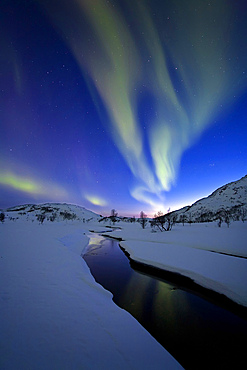
Aurora Borealis over Skittendalen Valley and the Skittendalen River in Troms County, Norway. Auroras are the result of the emissions of photons in the Earth's upper atmosphere.
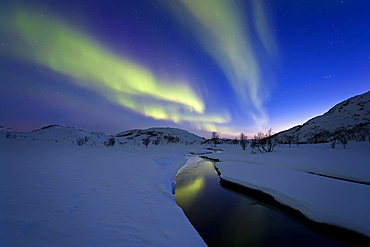
Aurora Borealis over Skittendalen Valley and the Skittendalen River in Troms County, Norway. Auroras are the result of the emissions of photons in the Earth's upper atmosphere.
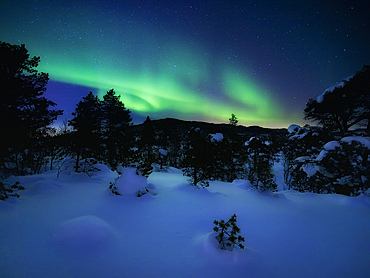
Aurora Borealis over Forramarka Woods in Tennevik, Troms County, Norway. Auroras are the result of the emissions of photons in the Earth's upper atmosphere.

Aurora and a Full Moon over Tennevik River, Troms County, Norway. Auroras are the result of the emissions of photons in the Earth's upper atmosphere.
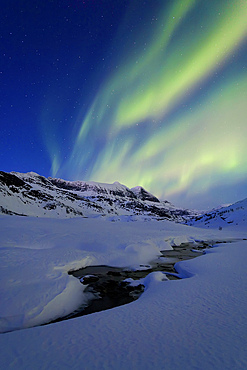
Aurora Borealis over Skittendalstinden in Troms County, Norway. Auroras are the result of the emissions of photons in the Earth's upper atmosphere.
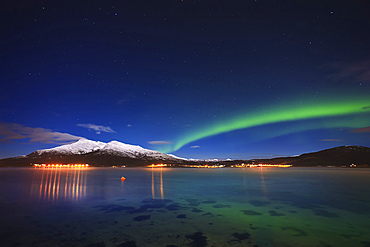
Aurora over Tjeldsundet and Saetertinden Mountain in Troms County, Norway. Auroras are the result of the emissions of photons in the Earth's upper atmosphere.
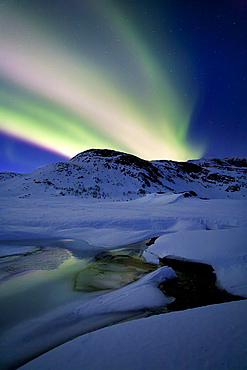
Aurora Borealis over Mikkelfjellet Mountain in Troms County, Norway. Auroras are the result of the emissions of photons in the Earth's upper atmosphere.
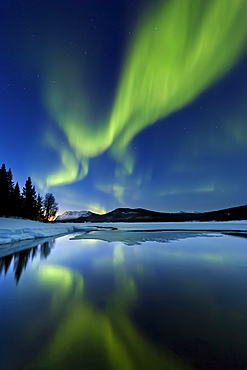
Aurora borealis over Sandvannet Lake in Troms County, Norway. Auroras are the result of the emissions of photons in the Earth's upper atmosphere.
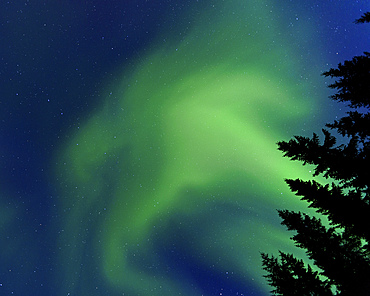
Aurora Borealis in Troms County, Norway. Auroras are the result of the emissions of photons in the Earth's upper atmosphere.

Medal ceremony Men's 100m on big screen, Olympic flame, crowds, Olympic Stadium, London 2012, Olympic Games, London, England, United Kingdom, Europe

Stadium big screen shows winner of Men's high jump and medal positions, victory ceremony, London 2012, Olympic Games, London, England, United Kingdom, Europe

Devil's Marbles, the result of spheroidal weathering of strong granite beneath an ancient soil, Tennant Creek, Northern Territory, Australia, Pacific
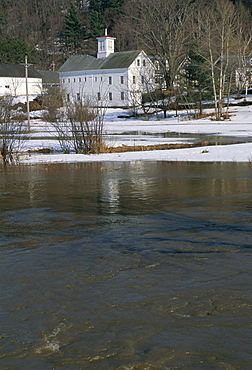
Melting snow results in water rising and threat of floods, Stowe, Vermont, New England, United States of America, North America

Aside from a life of simplicity focus on divine, many sadhus engage in a diverse array of practices both internal external in order to attain higher states of awareness consciousness. This sadhu chosen hatha yoga shows results--a well-disciplined, strong body--while holding kukkuta asana, or cock posture. India
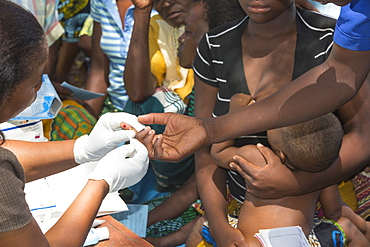
In mid January 2015, a three day period of excessive rain brought unprecedented floods to the small poor African country of Malawi. It displaced nearly quarter of a million people, devastated 64,000 hectares of land, and killed several hundred people. This shot shows A Medicin Sans Frontieres clinic in Makhanga testing local people for malaria, many of whom proved positive for the disease, as a result of the drying up flood waters providing ideal breeding grounds for mosquitoes.

January 2015 saw a three day period of excessive rain which brought unprecedented floods to the small poor African country of Malawi. It displaced nearly quarter of a million people, devastated 64,000 hectares of land, and killed several hundred people. This shot shows A Medicin Sans Frontieres clinic in Makhanga providing Malaria treatment drugs to local people, many of whom now have malaria, as a result of the drying up flood waters providing ideal breeding grounds for mosquitoes.

January 2015 saw a three day period of excessive rain which brought unprecedented floods to the small poor African country of Malawi. It displaced nearly quarter of a million people, devastated 64,000 hectares of land, and killed several hundred people. This shot shows A Medicin Sans Frontieres clinic in Makhanga testing local people, many of whom now have malaria, as a result of the drying up flood waters providing ideal breeding grounds for mosquitoes.
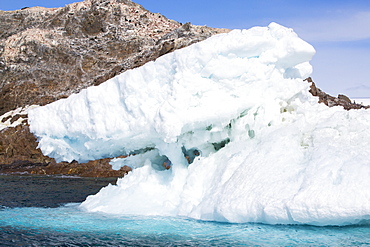
Guano in an Adelie Penguin, Pygoscelis adeliae, colony at Madder Cliffs, Suspiros Bay, at the west end of Joinville Island, Antarctica. Adelie's are a true Antarctic species which are suffering as a result of climate change, The Antarctic Peninsular, their only breeding grounds, is one of the fastest warming areas on the planet. This is causing Adelies to migrate south. They are reducing in numbers, they feed almost exclusively on Krill, which is also declining as a result of climate change.
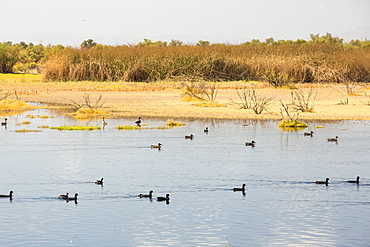
The Kern Valley Wildlife Refuge in California's Central Valley was created as important resting and feeding grounds for wildfowl migrating along the pacific flyway. After four years of unprecedented drought, the water shortages in California are critical. The reserve has received only 40% of its usual warer, with the result that most of the lake beds are dried up and dessicated, leaving the birds few places to go. This is the only area of lake with any water left.

The Kern Valley Wildlife Refuge in California's Central Valley was created as important resting and feeding grounds for wildfowl migrating along the pacific flyway. After four years of unprecedented drought, the water shortages in California are critical. The reserve has received only 40% of its usual warer, with the result that most of the lake beds are dried up and dessicated, leaving the birds nowhere to go.

Dead and dying Almond trees in Almond groves in Wasco in the Central Valley of California after the irrigation water ran out following the four year long drought in the Western USA. 80% of the world's almonds are grown in California, and it takes 1.1 gallons of water to grow each nut. Many farms have run out of water, and $2.2 Billion has been wiped off the agricultue sector annually. Currently one third of all children in California go to be hungry, as a direct result of job losses connected to the drought. 428,000 acres of farmland have been taken out of production as a result of the drought, in the Central Valley.
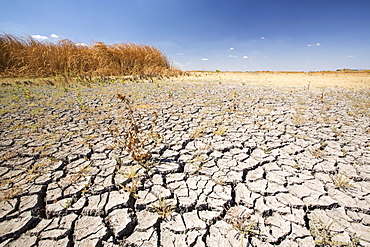
The Kern Valley Wildlife Refuge in California's Central Valley was created as important resting and feeding grounds for wildfowl migrating along the pacific flyway. After four years of unprecedented drought, the water shortages in California are critical. The reserve has received only 40% of its usual warer, with the result that most of the lake beds are dried up and dessicated, leaving the birds nowhere to go.
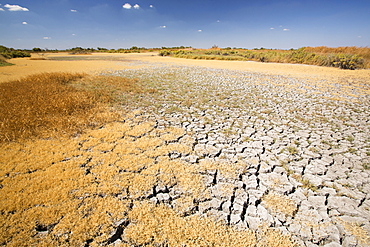
The Kern Valley Wildlife Refuge in California's Central Valley was created as important resting and feeding grounds for wildfowl migrating along the pacific flyway. After four years of unprecedented drought, the water shortages in California are critical. The reserve has received only 40% of its usual warer, with the result that most of the lake beds are dried up and dessicated, leaving the birds nowhere to go.
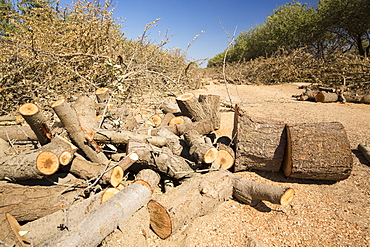
Almond groves being chopped down as there is no longer water available to irrigate them, in Wasco in the Central Valley of California following the four year long drought in the Western USA. 80% of the world's almonds are grown in California, and it takes 1.1 gallons of water to grow each nut. Many farms have run out of water, and $2.2 Billion has been wiped off the agricultue sector annually. Currently one third of all children in California go to be hungry, as a direct result of job losses connected to the drought. 428,000 acres of farmland have been taken out of production as a result of the drought, in the Central Valley.
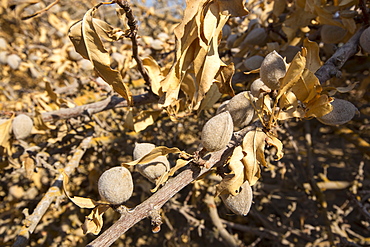
Almond groves being chopped down as there is no longer water available to irrigate them, in Wasco in the Central Valley of California following the four year long drought in the Western USA. 80% of the world's almonds are grown in California, and it takes 1.1 gallons of water to grow each nut. Many farms have run out of water, and $2.2 Billion has been wiped off the agricultue sector annually. Currently one third of all children in California go to be hungry, as a direct result of job losses connected to the drought. 428,000 acres of farmland have been taken out of production as a result of the drought, in the Central Valley.

Irrigation pipes near Wasco in the Central Valley of California following the four year long drought in the Western USA. Many farms have run out of water, and $2.2 Billion has been wiped off the agricultue sector annually. Currently one third of all children in California go to be hungry, as a direct result of job losses connected to the drought. 428,000 acres of farmland have been taken out of production as a result of the drought, in the Central Valley.
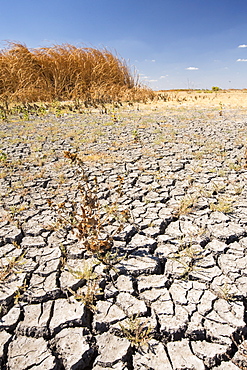
The Kern Valley Wildlife Refuge in California's Central Valley was created as important resting and feeding grounds for wildfowl migrating along the pacific flyway. After four years of unprecedented drought, the water shortages in California are critical. The reserve has received only 40% of its usual warer, with the result that most of the lake beds are dried up and dessicated, leaving the birds nowhere to go.
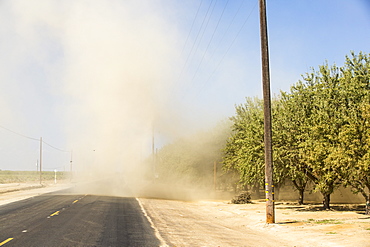
Almond groves in Wasco in the Central Valley of California that are vulnerable following the four year long drought in the Western USA. 80% of the world's almonds are grown in California, and it takes 1.1 gallons of water to grow each nut. Many farms have run out of water, and $2.2 Billion has been wiped off the agricultue sector annually. Currently one third of all children in California go to be hungry, as a direct result of job losses connected to the drought. 428,000 acres of farmland have been taken out of production as a result of the drought, in the Central Valley.
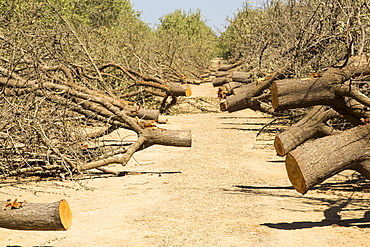
Almond groves being chopped down as there is no longer water available to irrigate them, in Wasco in the Central Valley of California following the four year long drought in the Western USA. 80% of the world's almonds are grown in California, and it takes 1.1 gallons of water to grow each nut. Many farms have run out of water, and $2.2 Billion has been wiped off the agricultue sector annually. Currently one third of all children in California go to be hungry, as a direct result of job losses connected to the drought. 428,000 acres of farmland have been taken out of production as a result of the drought, in the Central Valley.
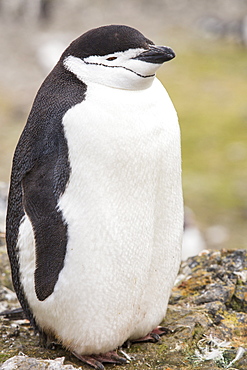
A Chinstrap Penguin, Pygoscelis antarctica, at Hannah Point on Livingston Island in the South Shetland Islands, Antarctic. Behind the penguin is lots of greenery, plants that are expanding as the Antarctic Peninsular warms as a result of climate change,

The result of a strong head slap of a Minke whale (Balaenoptera acutorostrata). Such a splash supposedly scares shoaling fish that are known to cluster when threatened. St. Lawrence estuary, Canada

A bee with deformed wings as a result of attack by Varoa mites in a beehive in Cockermouth, Cumbria, England, United Kingdom, Europe

A bee with deformed wings as a result of attack by Varoa mites in a beehive in Cockermouth, Cumbria, England, United Kingdom, Europe
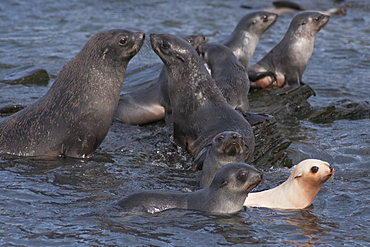
Leucistic Antarctic Fur Seal pup, Arctocephalus gazella, amongst normally coloured animals, South Georgia, South Atlantic Ocean. Leucism is a general term for the phenotype resulting from defects in pigment cell differentiation and/or migration from the neural crest to skin, hair or feathers . This results in either the entire surface or patches of the body surface having a lack of cells capable of making pigment.
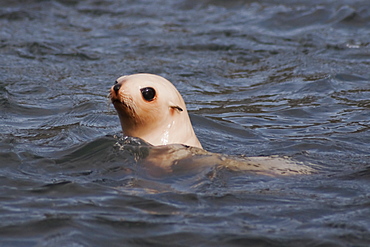
Leucistic Antarctic Fur Seal pup, Arctocephalus gazella, South Georgia, South Atlantic Ocean. Leucism is a general term for the phenotype resulting from defects in pigment cell differentiation and/or migration from the neural crest to skin, hair or feathers . This results in either the entire body surface or patches of the body surface having a lack of cells capable of making pigment.
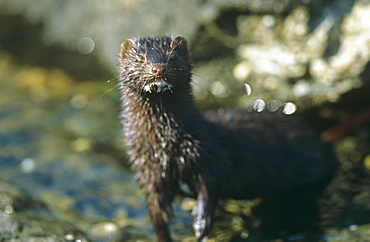
American mink (Mustela vison). Non-native species in the UK considered a threat to ground-nesting birds and water voles in particular. Widespread as a result of escapes from fur farms since the 1950s. Hebrides, Scotland
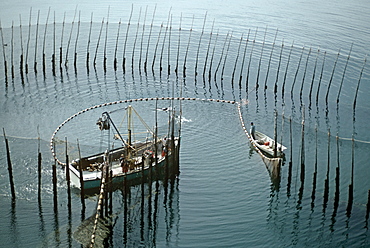
Harbour porpoise (Phocoena phocoena) caught in herring weir (fish trap). Porpoises trapped in herring weirs often die as a result of efforts to remove them (by 'seining' the weir as shown here) but latterly cooperation between fishermen and researchers has improved the situation. Five porpoises were trapped in this weir and none were thought to have survived this operation. Grand Manan, Bay of Fundy, Canada
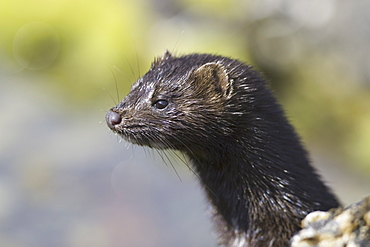
American mink (Mustela vison). Non-native species in the UK considered a threat to ground-nesting birds and water voles in particular. Widespread as a result of escapes from fur farms since the 1950s. Hebrides, Scotland

American mink (Mustela vison). Non-native species in the UK considered a threat to ground-nesting birds and water voles in particular. Widespread as a result of escapes from fur farms since the 1950s. Hebrides, Scotland

American mink (Mustela vison). Non-native species in the UK considered a threat to ground-nesting birds and water voles in particular. Widespread as a result of escapes from fur farms since the 1950s. Hebrides, Scotland
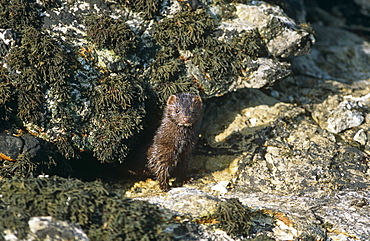
American mink (Mustela vison). Non-native species in the UK considered a threat to ground-nesting birds and water voles in particular. Widespread as a result of escapes from fur farms since the 1950s. Hebrides, Scotland
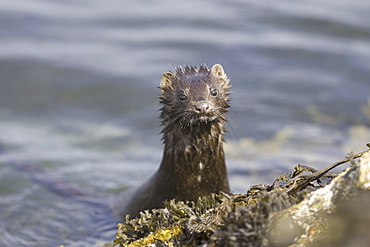
American mink (Mustela vison). Non-native species in the UK considered a threat to ground-nesting birds and water voles in particular. Widespread as a result of escapes from fur farms since the 1950s. Hebrides, Scotland

Coastal erosion as a result of sea level rise, with trees undercut and toppled by erosion on Green Island off Cairns in Queensland, Australia, Pacific

Coastal erosion as a result of sea level rise, with trees undercut and toppled by erosion on Green Island off Cairns in Queensland, Australia, Pacific

Wood structure of Venice Biennale 2012: New Forms in Wood display now at the city Hall Park at Turku. European capital of culture 2011 was held at 19th of August 2011. The pavilion was the result of a workshop that was a joint collaboration with the students from both Oulu and Columbia Universities. Eero Lundv�n and Markus Wikar were coordinating the student���s efforts in Finland.
Guest lecturers at the opening ceremony included Phillip Anzalone (Columbia University) and professor Rainer Mahlamv�ki (University of Oulu). For panel discussion, also Emmi Keskisarja (Tampere University of Technology) and Toni v�sterlund (University of Oulu) were present.

Gran Cenote de Tulum in Yucatan Peninsula, Quintana Roo, Mexico. There are thousands of cenotes dotted all over Mexico���s Yucatan Peninsula, and their existence is as much a defining characteristic of the region as is the distinct geological feature from which they result. Once revered by the ancient Mayans as sacred wells, they are now magnets for tourists, adventurers, and explorers alike.
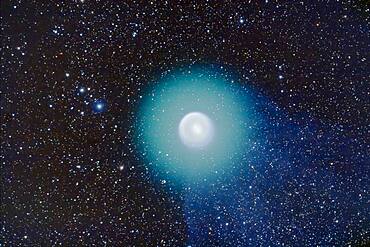
Comet Holmes, 17P, taken Nov 1, 2007 on excellent night. Taken with A&M 105mm apo refractor at f/5 with Borg 0.85x compressor/field flattener on SkyWatcher HEQ5 mount. Canon 20Da camera at ISO400. Composite of 4 min, 2min, 1min, 30sec, 15sec, and 7 sec exposures, each exposure being a stack of 3 to 4 identical exposures. Registered and stacked in Photoshop (HDR mode did not produce usable result, so manually composited with sucessively smaller masks to reveal short exposure content around nucleus. Contrast exaggerated with Curves to bring out very faint tail structure. North up, so tail to the S and SW.Nucleus is dot at upper left of inner coma, other star in inner coma at right is a field star

That smoke is the result of heat generated by the rope wound around the saddle horn actually burning through the horn,
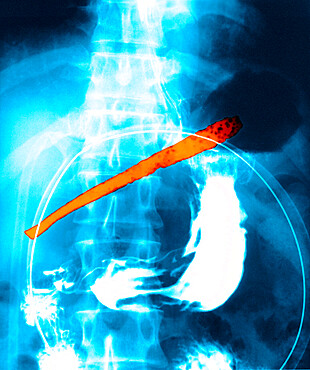
Patient having ingested a tineless fork. The stem of the fork, located in the stomach cavity, shows holes due to the corrosive action of the stomach's hydrochloric acid. The head of the fork has pierced the greater curvature
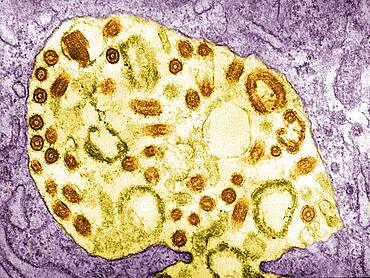
Electron micrograph of the Marburg virus. Marburg virus, first recognized in 1967, causes a sever type of hemorrhagic fever, which affects humans, as well as non-human primates.
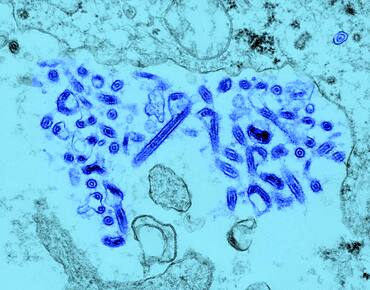
Ebola Virus viewed under TEM. Ebola virus is a RNA virus. It is responsible for severe hemorrhagic fever.















